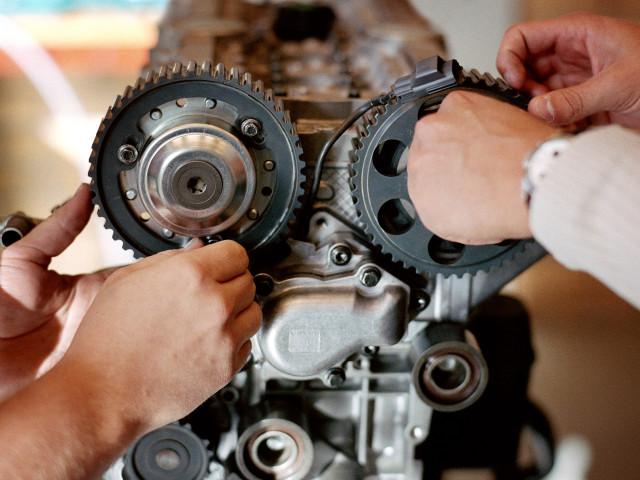Strategies for a better environment: Process internal solutions (process changes, raw materials changes etc.), process external solutions, product changes and other. Advantages and disadvantages using different strategies.
Basic concepts of Cleaner Production. Process Management, Product Design and Material selection as components of Cleaner Production development
Air pollution control and gas cleaning technology. Process internal solutions (process changes, raw material changes) and external solutions (gas treatment) in order to minimize air pollutions (both gaseous compounds and particles). Two main applications will be discussed – emissions of VOC connected to handling of organic solvents and emissions of flue gases from energy production. Advantages and disadvantages with different methods.
Waste water treatment. Process internal solutions (process changes, raw material changes) and external solutions (different methods to treat waste water) in order to minimize water pollutions. A number of common applications will be discussed. Advantages and disadvantages with different methods.
The overall aim of the course is to provide theoretical and applied knowledge and understanding of strategies and technologies for a cleaner industrial production.
This means that after the course the student should be able to:
- Propose and motivate strategies and actions for different industrial environmental problems, based on a system analysis perspective.
- Describe and explain how to use different unit operations as process integrated cleaning stages (as kidney or recovery function) in an industrial production process in order to minimize pollutions to air or water.
- State and describe other process internal solutions to minimize air pollution emissions (flue gas pollutants and VOC) and emissions through waste water discharges.
- Describe and explain the function of different process external methods that can be used in order to minimize pollutions to air or water.
- Discuss advantages and disadvantages for different environmental technical solutions.
- Propose and motivate the choice of different environmental technical solutions in order to solve or minimize pollutions to air or water from industrial production processes.
